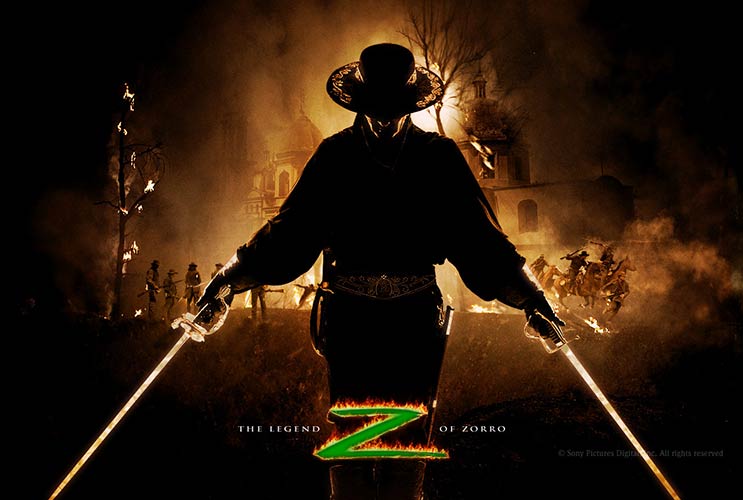
Groundhog Day is one of those seemingly all-American traditions that is part folklore, part farce and all fun. The tradition holds that when the groundhog emerges from his den on the morning of February 2, he will prognosticate one of two possibilities: if the sun is shining and he sees his shadow, we’re in for six more weeks of winter. If it’s cloudy and the groundhog casts no shadow, winter is almost over.
The origins of Groundhog Day are a bit murky, but they are believed to be linked to Candlemas Day, an ancient tradition that dates to the pre-Roman Germanic tribes. The Romans recorded that the Germans they were fighting so hard to conquer waited on February 2 for a hedgehog or badger—it’s not quite clear which—to emerge from his burrow and predict a long or short winter. It’s also linked to the Celtic observance of Imbolc on February 1, which is the seasonal turning point on the Celtic calendar.
Read Related: An American Tradition: The Pumpkin Patch
The tradition of Groundhog Day was brought to the U.S. by 18th and 19th century German immigrants to Pennsylvania, and at first was still referred to as Candlemas Day. Since no hedgehogs or badgers were to be found in Pennsylvania, the groundhog became a ready substitute.
The most famous groundhog is Punxsutawney Phil, who hails from—naturally—Punxsutawney, Pennsylvania. Though it’s not clear how the central Pennsylvania town laid claim to the weather-forecasting groundhog, the fact remains that on February 2, all eyes turn to Phil, or rather to his burrow.
Or rather, to his stump. It appears that poor Phil is roused from hibernation and placed on a stump before a crowd of, on average, 15,000 people each year! There, his handlers check for the presence or absence of his shadow, and then the tired little guy is shuffled out for photo ops.
To add insult to Punxsutawney’s Phil’s injury, he’s not very good at his one job in life. While the official Groundhog Day website claims that Phil’s predictions are accurate “100% of the time,” the real numbers point to his accuracy being somewhere between 39 and 60%…not enough to plan your next six weeks around!











